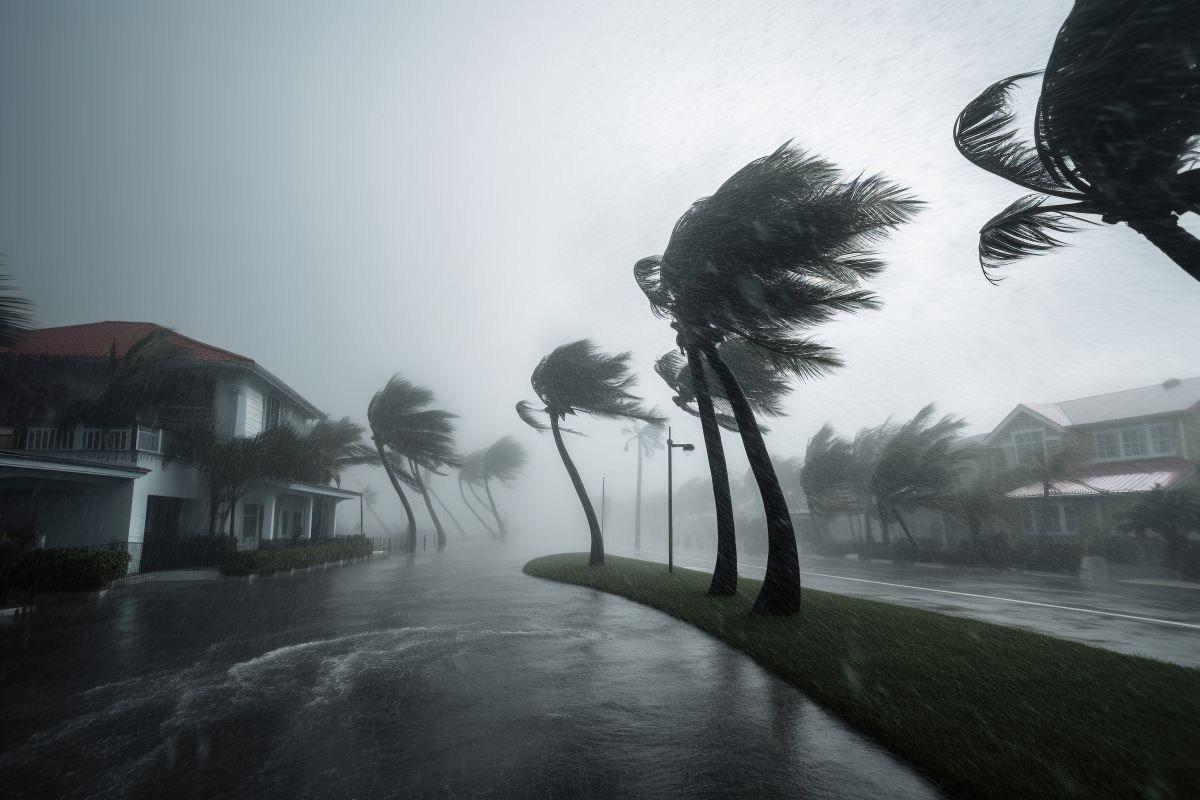After Superstorm Sandy, Shaun Marker published a series of articles about damages that were caused to properties by boats on land. In the series, So I Have A Boat In My Front Yard Following Super Storm Sandy; Will My Flood Insurer Cover The Removal Of It And Other Non-Owned Debris?, Marker discussed how boats that washed ashore would be covered under standard flood and excess flood policies. But boats weren’t the only thing washing up on land, debris from Superstorm Sandy included parts of structures, docks, plants and sand galore, and coverage for boats and debris were also addressed in his series.
A recent decision in Little Rock, Arkansas,1 involved docks that unmoored, however the marina did not have flood insurance. The marina did have a commercial property insurance policy underwritten by Lloyds, but the policy excluded flood damage. The marina was on a river in Arkansas connected to Murray Lake. The water level in Murray Lake was controlled by the Army Corps of Engineers at the time of the loss. In 2011, the marina suffered a horrific storm that caused water to come up to the parking lot, a power pole to come down, and damage to the docks. The marina made a claim for wind damage to the docks. However, Lloyds argued that the docks were damaged by flood—an exclusion under the policy.
The facts in a case like this are critical when coming to a decision on the merits and the specific policy and the specific damages must be evaluated. The evidence of the wind damage was not well documented in the opinion but the court did give us details about the water was documented. The facts and evidence in cases of this nature are too voluminous to be detailed in full in written opinions, but here is what the court did make sure to highlight.
- Despite the policyholders argument that flood in the policy was ambiguous, the court ruled that while the word was undefined, the definition from another Arkansas case could be used.
- The policyholders argued the wind damaged the five docks but the court said that the loss was caused by flood and wind.
- It was the expert for the insurance company, Mark Saunders, that said that the rain during this terrible storm in April caused flooding and that $75,000 to $110,000 pounds of force were placed on the docks. It is unclear whether the policyholders had a contrary opinion.
- Saunders also opined that docks were held to shore with thick aircraft cable and carried most of the weight, but the break strength of the docks was $14,400 pounds.
- The court ruled that the docks were damaged by the flood water forces and “the well-built docks were simply outmatched by the water.”
- The court recognized that wind did play a role in the loss to the docks but the coverage was barred because of the language of the policy. The anti-concurrent language, excluding all coverage when there are two or more causes and one is excluded, is particularly strong in this case.
Such loss or damage is excluded (meaning flood in this case) regardless of any other cause or event that contributes concurrently or in any sequence to the loss. These exclusions apply whether or not the loss event results in widespread damage affecting a substantial area, or remains localized- even when restricted to the insureds premises.
Policyholders should evaluate whether their policy has exclusionary language of this nature and consult with an insurance broker or agent about buying flood insurance. Not all anti-concurrent clauses are valid and not all are this overarching.
Owners with property on the water should play it safe and purchase a separate flood insurance policy, but with flooding more prevalent in what was once considered high and dry areas, even inland areas properties are better protected with more coverage. That being said, if you think that your property has suffered a covered loss but you receive a denial letter, have the denial and policy reviewed. For medical issues, you would get a second opinion and sometimes a third. You may be well served by having a second review of your property claim as well. If a doctor can get it wrong, so can an insurance representative.
You can read more blog posts on anti-concurrent causation here.
1 Hudson Enterprises v. Certain Underwriters at Lloyds, No. 4:15-12 (E.D. Ark. May 25, 2016).




